Mix together murder, terror, rebellion and romance, add in glistening historical jewels and stir in an ancient legend of impending catastrophe. What do you get?
In the UK’s capital, it’s the recipe for one of the city’s most popular travel destinations: The Tower of London.
This turreted fortress, built of white stone on the banks of the city’s ancient River Thames, is a London landmark that’s stood for more than 900 years.
Each year, more than three million people flock to the Tower to discover the secrets, myths and legends hidden behind the imposing walls of this destination.
And if they’re lucky, they’ll bump into one man who knows more about them than most – the Ravenmaster.
Skyline staple
Inside the Tower of London
Approaching the Tower from the river bank, the fortress cuts an impressive figure. It’s surrounded by a waterless moat and a sturdy stone wall. The view is pretty much unchanged from the panorama once experienced by England’s medieval Queens and Kings.
The Tower of London was the brainchild of William the Conqueror, the first Norman King of England who claimed the throne following his victory in the Battle of Hastings in 1066.
In the years since it’s grown, helping shape modern Britain. Visiting in 2018, you’ll struck by its size: the Tower covers 12 acres of the city – it’s almost a village in itself.
Inside, the medieval buildings contrast with London skyscrapers glimpsed beyond the stone walls.
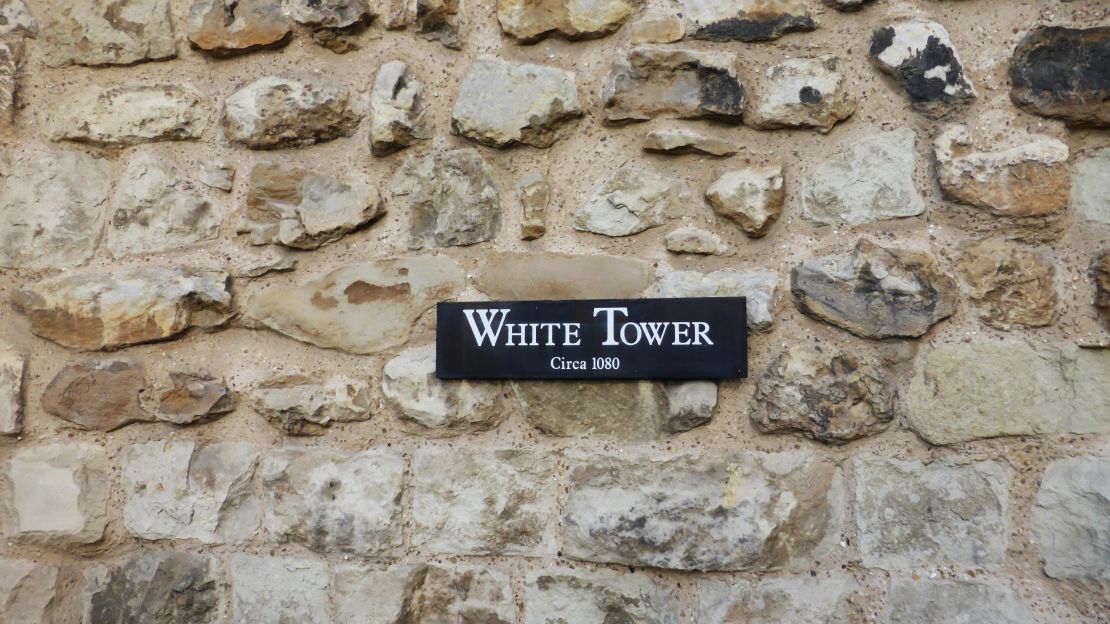
It’s a maze of cobbled-streets and impressive stone structures, from the White Tower that dates from the fortress’s inception to the Waterloo Block, home of the Crown Jewels.
A peek at the Queen’s collection is a must. Visitors can marvel at the twinkling gemstones, crowns and orbs, which are under armed guard inside a vault.
The jewels have been a staple of the British monarchy since William the Conqueror – but much of the medieval bling was melted down when monarchy was abolished in 1649-1660.
When royalty was restored in the 1660s, new jewels were constructed. The majority of the regalia worn by Queen Elizabeth II dates from this period.
The only exceptions? Three 17th century swords and one 11th century coronation spoon. The spoon was sold off during the interregnum, but the buyer personally returned it to Charles II in order to get in the newly anointed King’s good books.
All these opulent trinkets are visible to Tower guests. Walking through the chambers, visitors are shepherded through the display on moving walkways, allowing them to admire the gems without battling other guests for the best view.
For many visitors, the jewels are the Tower’s chief attraction – but there are plenty of other delights.
Tower of terror
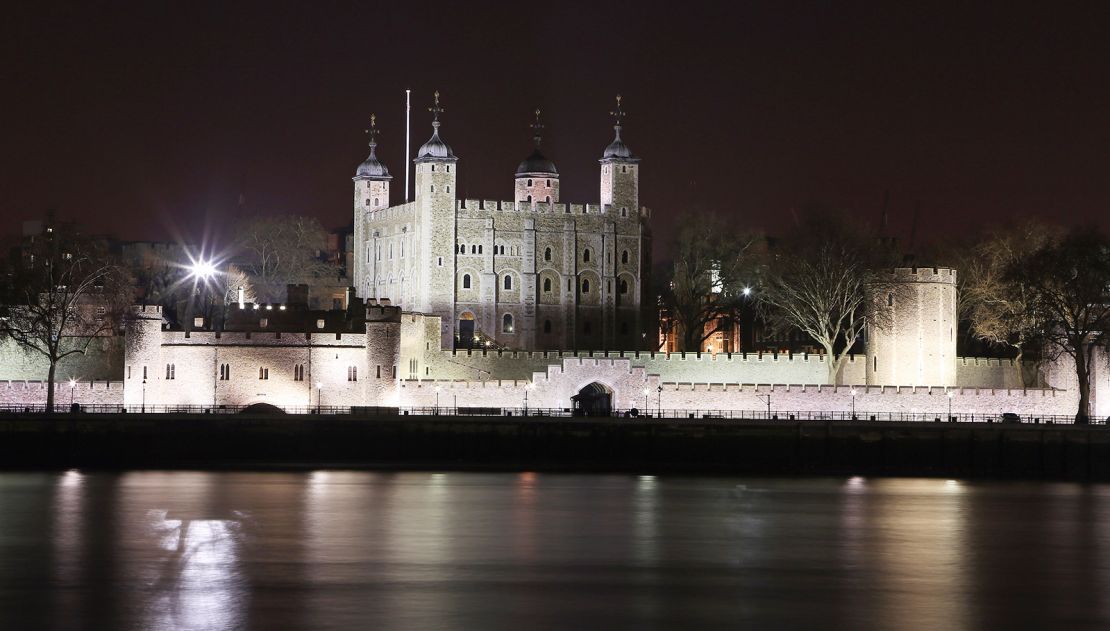
The Tower of London is best enjoyed as a full day outing. Tickets are on the pricier side, so it’s worthwhile to see as much as possible.
Arriving early avoids long lines that build later on. Unsurprisingly, weekdays are quieter than weekends and public holidays. And while winter isn’t the best time to visit anywhere in London, the Tower is always slightly quieter in the off season and most of the highlights are indoors.
Whatever time of year, there are always fascinating facts to discover.
Turns out the nation’s money was made at the Tower until 1810 and Britain’s pioneering Ordnance Survey map system was conceived here in the 1700s.
The Tower also hosted a menagerie for more than 600 years – home to exotic pets including alligators, Britain’s first polar bear and an elephant gifted by Louis IX of France in 1255.
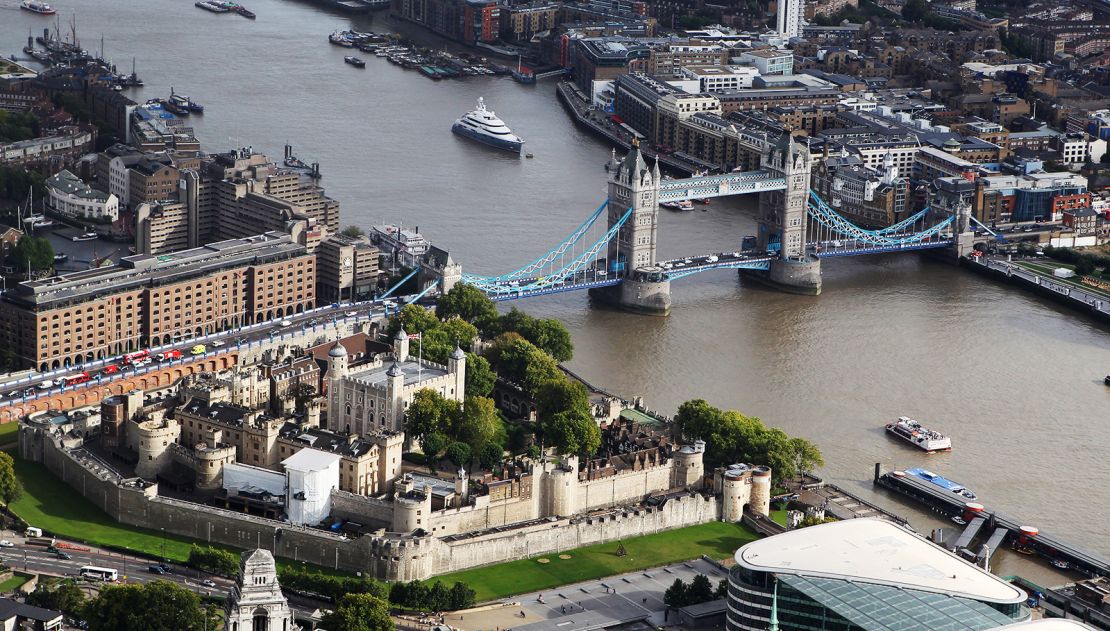
Many tourists visit the Tower to learn more about is grisly reputation as a prison.
Infamous Tudor king Henry VIII remodeled parts of the White Tower in honor of the coronation of his new bride, Anne Boleyn in 1533. But only three years later, Anne was executed at the Tower – accused of adultery and treason.
The White Tower is a highlight thanks to its historic exterior and what lies inside: the “Line of Kings” is one of the Tower’s earliest museum exhibits, charting royal armor through the ages and providing an intriguing insight into 17th century tourism habits.
One of the Tower’s greatest mysteries is the lost princes. These young boys disappeared in the Tower while under the custody of Richard, Duke of Gloucester – it’s widely believed Richard murdered them in his gory path to the crown, but their bodies have never been found.
William Shakespeare immortalized Richard’s rise to power in his play “Richard III.”
Guests can discover grisly history in the Lower Wakefield Tower, where displays showcase the painful methods of torture used at the Tower and replicas of the terrifying instruments used to administer pain.
In total, there were 22 executions inside the Tower of London, fewer than might be expected given its reputation. The last person to be executed was a German spy, Josef Jakobs, who parachuted into England during World War II and was killed in 1941.
In the 1950s, infamous gangsters the Kray twins were held in the Tower for one night – after failing to turn up for their national service. They were the last prisoners to be incarcerated in the Tower.
Meet the Ravenmaster
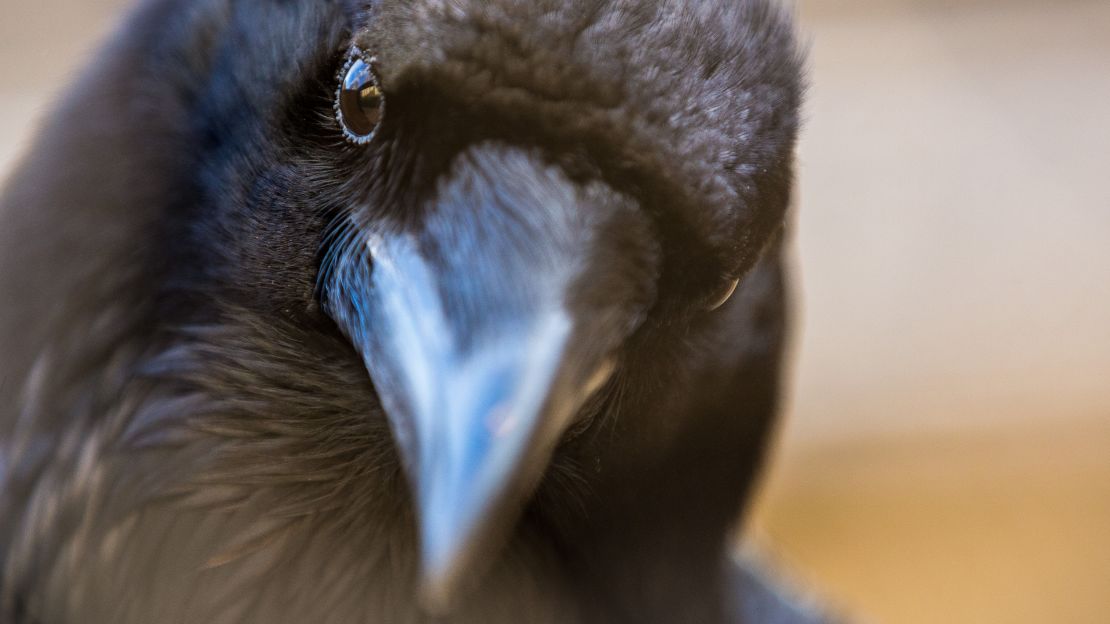
Today, the Tower’s residents are no longer disgraced prisoners. It’s considered a great honor to call this famous building home.
About 150 people live inside the Tower’s walls, including 37 serving Yeoman Warders, affectionately known as “Beefeaters.”
To become a Yeoman Warder requires at least 22 years service in the UK’s armed forces ranked as a warrant officer or senior non-commissioned officer. Candidates must also hold a UK military Long Service and Good Conduct medal.
One of the Tower’s most famous Yeoman Warders is Chris Skaife, who looks after the Tower’s real VIPS: The ravens.
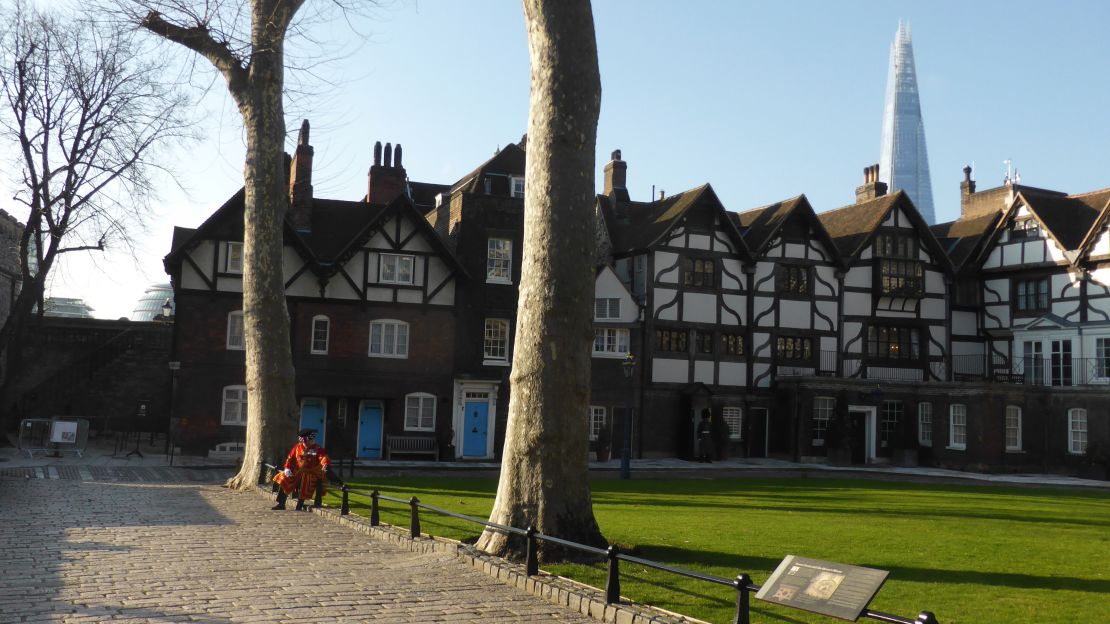
Skaife’s unique job is integral to the Tower – thanks to an ominous legend linking the ravens to the Tower of London.
“There are many myths and legends associated with the Tower, one such legend reminds us that should the ravens leave the Tower of London, it will crumble and a great harm will befall the Kingdom,” explains Skaife.
Historians are divided as to the origins of this legend. When Charles II came to the throne in 1630, he decreed that there must always be six ravens at the Tower to ensure Britain’s safety. The official title of Ravenmaster was introduced in the 1960s.
The Tower’s VIPs
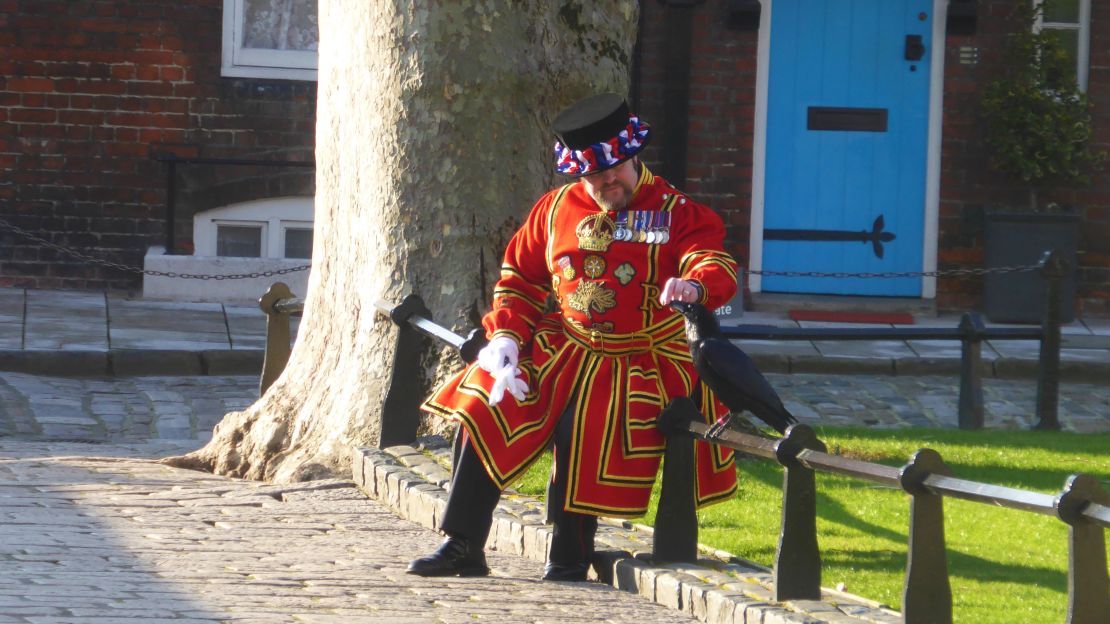
There are currently seven resident ravens at the Tower.
These impressive birds are well-looked after by Skaife and his team. They get fresh meat from nearby Smithfield market and top notch veterinary care. To discourage them from flying away, their flight feathers are regularly trimmed by the Ravenmaster.
“I feed them, look after them, let them out during the day and make sure that they’re nice and healthy for the members of the public to come and see them throughout the day and photograph them,” says Skaife. “And then at night time of course I have to put them back into bed, so I shepherd them back into bed at night time, back into their enclosure.”
In the six years Skaife has been Ravenmaster, he’s developed relationships with the birds.
“I do have a large bonding with one of our other ravens called Merlin, or affectionately known as Merlina, and we’re really good friends,” he says.
Social media superstar
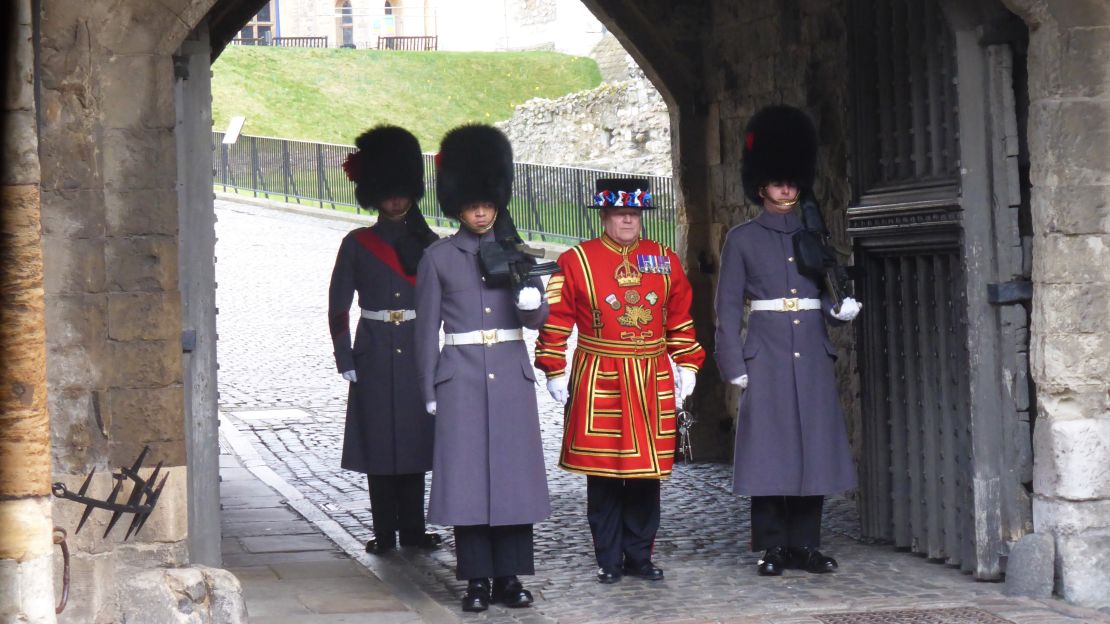
Skaife has catapulted the Tower’s ravens to international notoriety via popular Twitter, Instagram and Facebook accounts, with followers including actor Hugh Grant and writer Margaret Atwood.
On Instagram, he posts videos of his ravens and photos of the birds – they always seem ready for their close up.
Skaife’s account allows him to form connections with other raven lovers throughout the world:
“I could be having a conversation with someone in New Zealand, someone in North America, someone in Russia, at the same time, talking about the same thing,” he says.
Skaife says living in the Tower of London is “an honor and a privilege.”
“It is one of the greatest things that I’ve ever managed to achieve in my life, especially being able to be the Ravenmaster here,” he adds.
The Tower of London, St Katharine’s & Wapping, London, EC3N 4AB








































